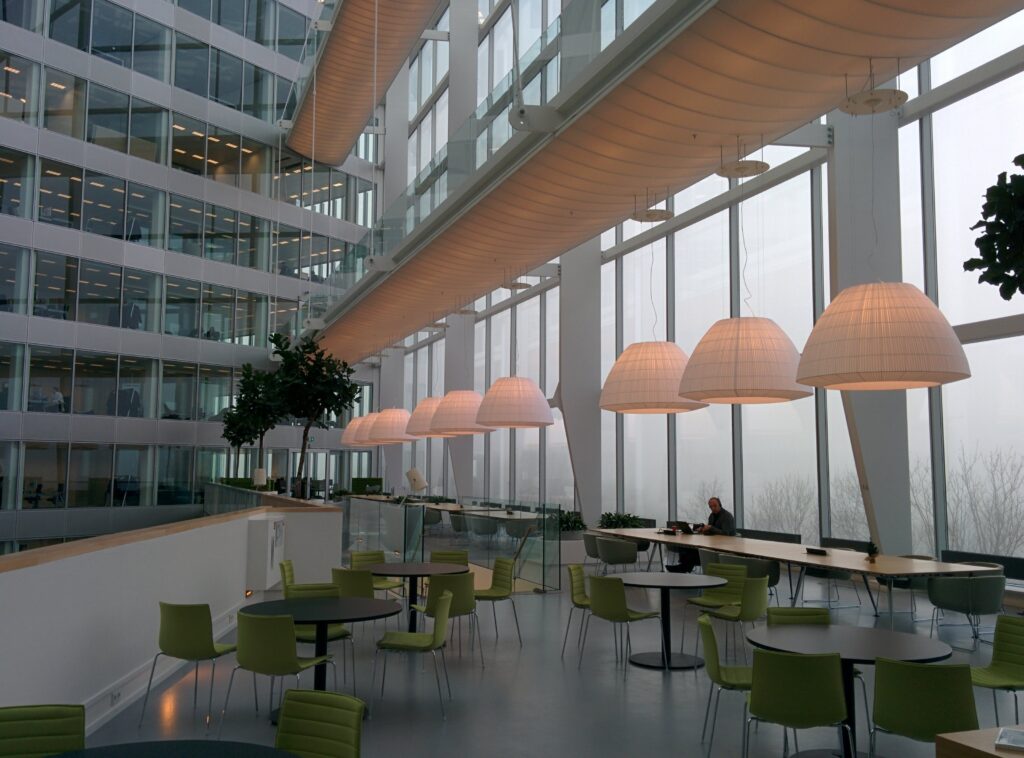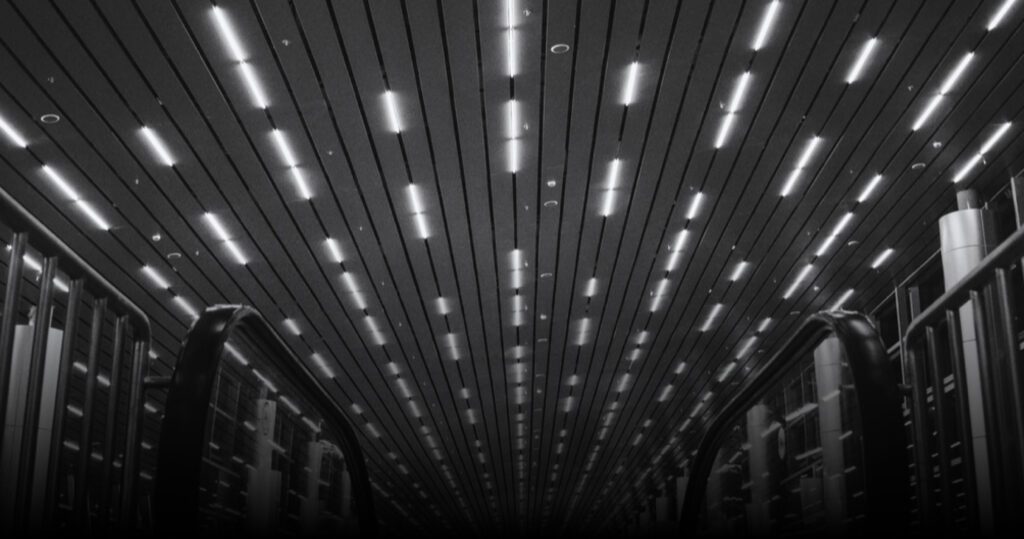What is DALI?
DALI stands for Digital Addressable Lighting Interface and is the global standard for lighting control.
It is an open standard and has become the established protocol used to provide control over and communication between the components of a lighting system. Lighting control is commonly used to change the strength of lighting as required either through pre-programming or in conjunction with sensors.
The History of DALI
The DALI standard was established in the late 1990s by a global consortium of lighting companies once called DiiA (Digital Illumination Interface Alliance) and now called the DALI Alliance.
It was originally introduced to replace analogue systems – which only offered one-way communication – with a new digital, bi-directional form of control.
DALI was updated in 2014 to DALI-2, the second and latest version of the DALI protocol. DALI-2 has built on the original standard to include more product types to increase interoperability.

The Aim of the DALI Alliance
According to its website, the DALI Alliance’s strategy “is to enable both wired and wireless connectivity for DALI, providing flexibility, choice and creative freedom for lighting designers, OEMs, and system integrators”.
It also has a stated mission to “define, standardize, launch and maintain a testing, certification and logo-licensing program” for DALI, as well as to promote continuous improvements and developments in the field.
Features of a DALI Network
Under DALI, lights can be controlled individually or as part of a group. A group is a collection of lights and a DALI circuit is able to define 16 such groups.
DALI also has the capacity to store 16 different lighting scenarios or “scenes”. Scenes are simply predefined lighting moods.
This allows, for example, the light intensity in a specific room or area to be adjusted and optimized according to a building’s needs for a certain time of the day.
The two-way digital communication of DALI is also significant because it enables a device within a lighting network to answer a query about its status or report a failure.
W-DALI – a wireless alternative to the DALI cable
Traditional DALI lighting systems require all of the components to be connected together using DALI data cables. That means cables running from a control box somewhere in the building to every single one of the lamps, or luminaries, in the network.

Wireless technology does away with the need for so many cables. This not only reduces the complexity of installation projects for new builds, but also means existing lighting systems can be modernised without having to install additional cables, making building upgrades far quicker and less disruptive.
By installing a small wireless unit in the box next to the existing DALI control unit and placing receiver nodes where there are luminaries, you achieve instant wireless connectivity. The same DALI programming but the difference is, no extra cables.




